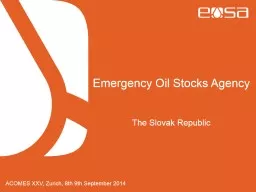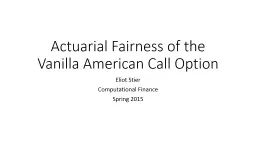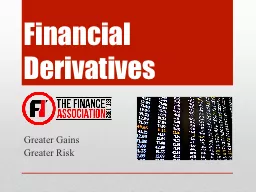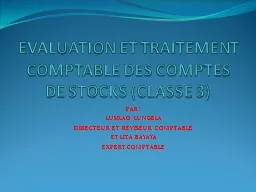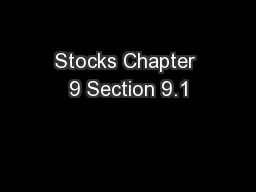PPT-Fundamental Concept Option prices don’t move in a linear way compared to their underlying
Author : dailyno | Published Date : 2020-08-28
Using the Greeks we can understand what will happen to options prices when the market changes What are the Greeks The Greeks are values that describe the sensitivity
Presentation Embed Code
Download Presentation
Download Presentation The PPT/PDF document "Fundamental Concept Option prices don’..." is the property of its rightful owner. Permission is granted to download and print the materials on this website for personal, non-commercial use only, and to display it on your personal computer provided you do not modify the materials and that you retain all copyright notices contained in the materials. By downloading content from our website, you accept the terms of this agreement.
Fundamental Concept Option prices don’t move in a linear way compared to their underlying: Transcript
Download Rules Of Document
"Fundamental Concept Option prices don’t move in a linear way compared to their underlying"The content belongs to its owner. You may download and print it for personal use, without modification, and keep all copyright notices. By downloading, you agree to these terms.
Related Documents



